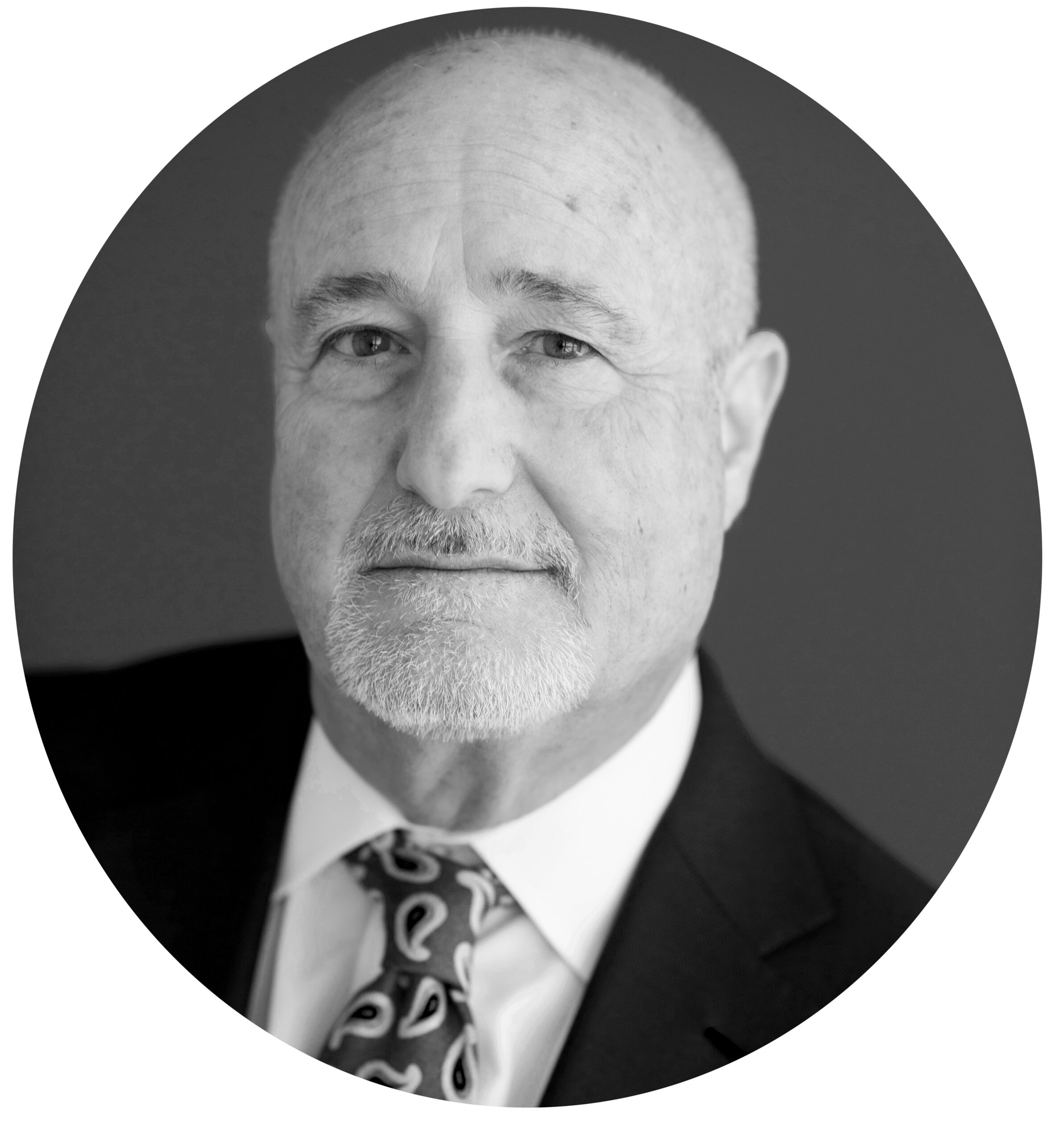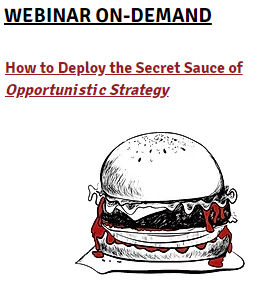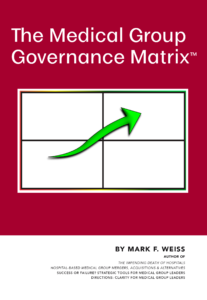Improving your group’s performance might be the worst thing you can do.
There is nothing wrong with the notion of getting a little bit better each day, month, or year. That is if you discount the fact that improving the current structure of your group might keep you from getting where you really could be.
We’re all familiar with the situation in which we spend considerable money repairing an old car, not a collectible when all we end up with is an old car that leaks less oil. And, I’ll all too familiar with a potential client who says his group does not need to improve because they increased their income three percent last year to an average per partner of $400,000. Perhaps income could be up 20 percent and perhaps the average per partner income could be at $750,000.
There are several major defects in a plan based on incremental growth.
Incremental growth, or “planning” as it’s commonly known, is present-state focused. By definition, it’s not based on where you want your group to be but on where it is now. The improvement trajectory is low.
It’s also an extremely limiting mindset. Seen an ice deliveryman lately? In 1900, the future looked bright to the employees of ice delivery companies. The population of the United States was booming and food had to be kept cold. They had a lock on the market for the only solution. That is, until the invention of Freon in 1928 and the resulting birth of the home refrigerator which froze thousands of ice deliverymen out of their careers.
The better approach is to not rely on a plan of incremental growth but to develop a strategic outlook – an outlook that is not present-state focused but which is based on your transformationally improved future. In essence, this is the difference between past-based “planning” and future-based “strategy.”
The required process, Focusing on the Future™, does not ask how to get from here (now) to there (a future). Instead, it first requires you to establish a “there,” an ideal future reality. What is that future like? Then, it requires that you question how you got to that future; in other words, you pull your group into the future from the imagined future, not from your present “past.” What obstacles did you encounter and what were the solutions?
Your group’s future exists. Use it before it uses you. Focus on the Future™.




